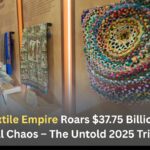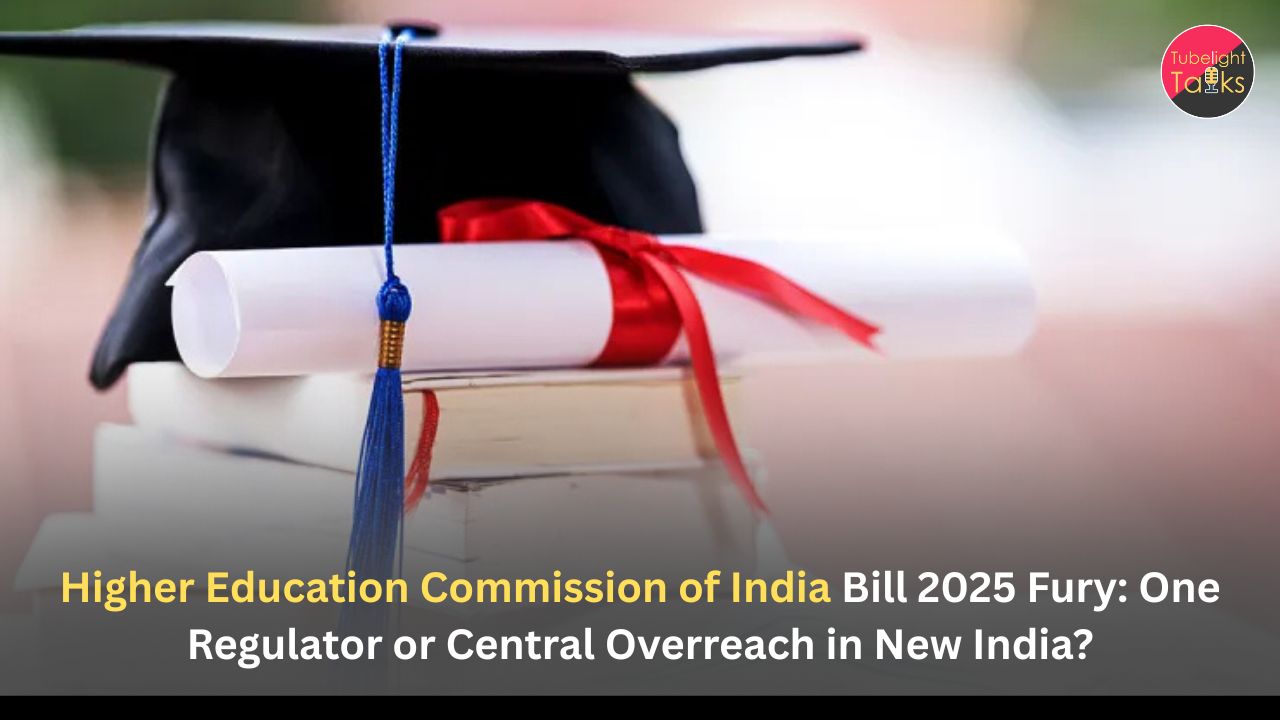In India, the practice of offering freebies during elections and other times has been a longstanding political strategy. These freebies range from subsidized food grains to free electricity, laptops, and even cash transfers. While the intention behind these offerings is often to alleviate poverty and improve the quality of life for the underprivileged, the debate about their effectiveness and long-term impact continues. In this blog, we will explore the pros and cons of freebies in the Indian context, their impact on the economy, and their implications for governance and society.
The Concept of Freebies
Freebies refer to goods, services, or financial benefits provided by the government at no cost or at heavily subsidized rates. These can include basic necessities like food and healthcare, as well as non-essential items like consumer electronics. In India, freebies are often announced during election campaigns to attract voters, but they can also be part of regular government welfare schemes.
The Pros of Freebies
- Poverty Alleviation: Freebies can provide immediate relief to the economically disadvantaged. Subsidized food grains through the Public Distribution System (PDS), for example, ensure that millions of families do not go hungry.
- Access to Essential Services: Free or subsidized healthcare and education can improve the quality of life for the poor. Initiatives like the Ayushman Bharat scheme provide health insurance to millions, reducing the financial burden of medical expenses.
- Economic Stimulus: Cash transfers and subsidies can stimulate demand by increasing the purchasing power of the lower-income segments. This can lead to higher consumption and boost economic growth.
- Political Stability: In a diverse and economically stratified country like India, freebies can serve as a tool to maintain social harmony and political stability by addressing the needs of marginalized communities.
The Cons of Freebies
- Fiscal Burden: The provision of freebies can put a significant strain on the state exchequer. Subsidies and giveaways can lead to budget deficits, limiting the government’s ability to invest in long-term developmental projects.
- Dependency Culture: Regular distribution of freebies can create a dependency culture, where citizens rely on government handouts rather than striving for self-sufficiency. This can undermine the work ethic and productivity of the populace.
- Distortion of Market Dynamics: Freebies can distort market dynamics by creating an artificial demand for subsidized goods and services. This can lead to inefficiencies and wastage of resources.
- Misallocation of Resources: The focus on freebies can divert resources away from critical sectors like infrastructure, education, and healthcare, which require substantial investment for sustainable development.
Case Studies
- Tamil Nadu: Tamil Nadu is known for its extensive use of freebies in political campaigns. Successive governments have provided items like free laptops, mixers, and grinders to voters. While these initiatives have helped improve literacy and access to technology, they have also raised concerns about fiscal sustainability.
- Delhi: The Aam Aadmi Party (AAP) government in Delhi has implemented schemes like free electricity and water for households consuming below a certain limit. These measures have been popular among the urban poor but have also led to debates about the long-term financial viability of such policies.
- Andhra Pradesh: The state has introduced schemes like Amma Vodi, which provides financial assistance to mothers for sending their children to school. While this has led to higher school enrollment rates, critics argue that it does not address the underlying issues of quality education and infrastructure.
Impact on Governance
The practice of offering freebies can have mixed implications for governance:
- Short-Term Gains vs. Long-Term Goals: While freebies can provide immediate relief and garner political support, they often come at the expense of long-term developmental goals. Governments may prioritize populist measures over structural reforms needed for sustainable growth.
- Policy Consistency: Frequent changes in government and political priorities can lead to inconsistency in the implementation of freebie schemes. This can affect the effectiveness and reach of welfare programs.
- Accountability and Transparency: The distribution of freebies can sometimes be marred by corruption and lack of transparency. Ensuring that the benefits reach the intended beneficiaries requires robust monitoring and accountability mechanisms.
Alternatives to Freebies
- Direct Benefit Transfers (DBT): Instead of providing in-kind freebies, the government can transfer cash directly to the beneficiaries’ bank accounts. This can reduce leakages and ensure that the aid reaches those in need.
- Targeted Subsidies: Subsidies can be better targeted to the most vulnerable sections of society, ensuring that resources are utilized more efficiently.
- Focus on Infrastructure and Development: Investing in infrastructure, education, and healthcare can have a more lasting impact on poverty alleviation and economic growth. These sectors require substantial investment for sustainable development.
- Skill Development and Employment: Providing training and employment opportunities can empower individuals to become self-reliant and contribute to the economy. Programs like the Pradhan Mantri Kaushal Vikas Yojana (PMKVY) focus on skill development and vocational training.
Conclusion
Freebies can provide short-term relief and political gains, but they come with significant trade-offs. While they can help address immediate needs and garner political support, their long-term impact on fiscal sustainability and economic growth needs careful consideration. A balanced approach that combines targeted subsidies, infrastructure development, and skill-building initiatives can create a more sustainable and equitable path for India’s growth.
According to Sant Rampal Ji Maharaj, benefit and liberation can be achieved through the mentorship of a true Guru and the practice of authentic worship. He underscores the significance of Satnaam (the True Name) and Saarnaam (the essential name of God), which are mantras imparted by an enlightened Guru. By chanting these mantras with sincere devotion and adhering to the Guru’s teachings, individuals can purify their souls of karmic burdens, ultimately attaining salvation and eternal bliss in Satlok, the everlasting realm that transcends the impermanence of our earthly existence.










